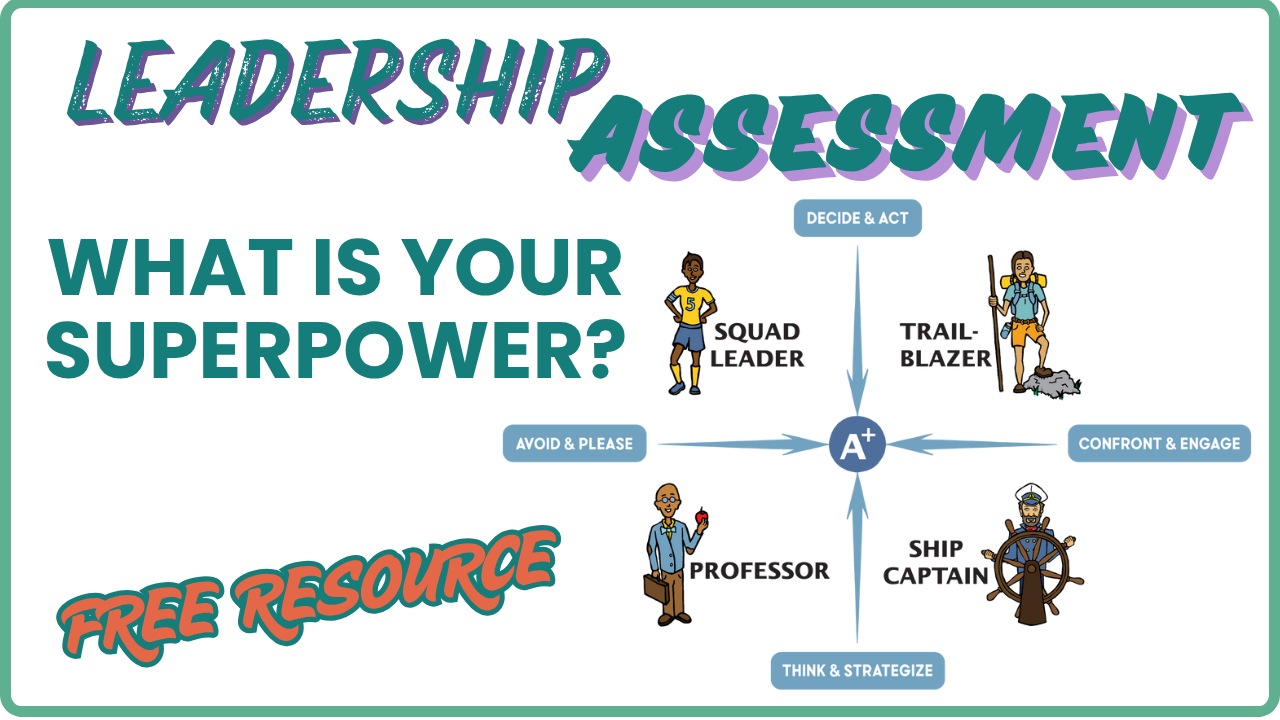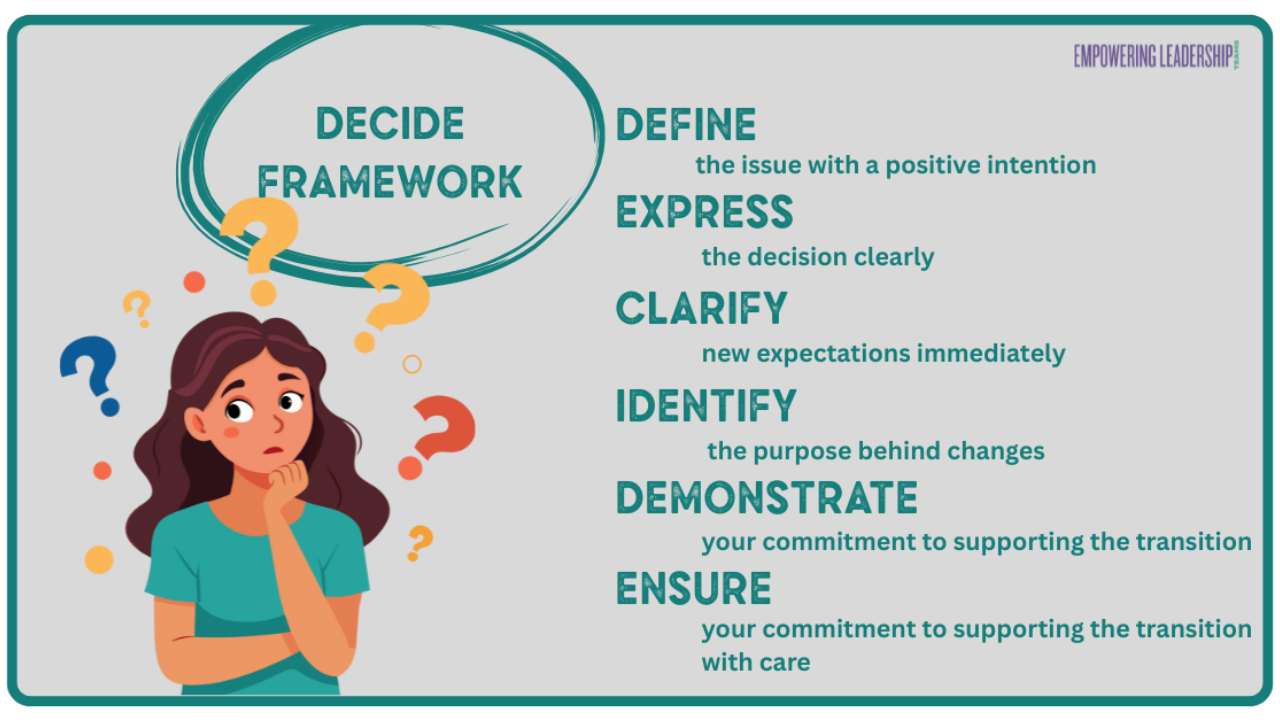Mindful Leadership: Redefining Efficiency in the Workplace
As leaders, we're constantly chasing efficiency. It's ingrained in our work culture - the faster we go, the more productive we are, right? But what if I told you that this race against the clock might be counterproductive?
Recently, I've been implementing the concept of mindfulness in leadership, and it's revolutionized my approach to work. The breakthrough came when I realized that being mindful doesn't require any extra time. In fact, it takes just as long to be mindful as it does to be unmindful. The difference lies in the quality of our presence and its ripple effect on our team and outcomes.
Thich Nhat Hanh, in "The Art of Power," beautifully captures this idea:
"We have a habit of trying to work more efficiently, and we associate this with working fast, but we need to rethink this. If we realize that doing our work with mindfulness actually requires no more time than doing it unmindfully, a lot of our stress disappears."
This quote hit home for me. How often do we equate speed with efficiency? But when we step back, we realize that rushing through tasks often leads to mistakes, miscommunication, and increased stress levels - hardly the hallmarks of true efficiency.
So, what does mindful leadership look like in practice?
- Conscious Presence: It's about being fully present in each interaction. When you're in a meeting, truly listen. When you're working on a project, give it your undivided attention.
- Intentional Communication: Choose your words carefully. Consider the impact of what you say and how you say it. Remember, your communication sets the tone for your entire team.
- Thoughtful Decision-Making: Rather than rushing to conclusions, take a moment to consider multiple perspectives. This doesn't mean procrastinating; it means making decisions with awareness.
- Emotional Awareness: Recognize your own emotions and those of your team members. This awareness can prevent conflicts and foster a more supportive work environment.
- Purposeful Breaks: Instead of working non-stop, take short, mindful breaks. A few minutes of deep breathing or a quick walk can refresh your mind and boost productivity.
The beauty of this approach is that it doesn't require more time - just a shift in how we use our time. By being mindful, we can significantly impact our team's happiness, well-being, and yes, efficiency.
I've noticed that when I lead with mindfulness, my team is more engaged, less stressed, and ultimately more productive. We're not working faster, but we're working smarter. We're achieving our goals with less friction and more satisfaction.
So, I challenge you to rethink efficiency. Fast isn't always better. Instead, try leading with mindfulness today. Be present in your interactions, conscious of your impact, and intentional in your actions. You might be surprised at how this small shift can transform your leadership and your team's performance.
Remember, it takes no more time to be mindful than to be unmindful. But the effects? They can be transformative.
Are you ready to lead with mindfulness? I'd love to hear about your experiences and insights in the comments below.
Having difficulty maintaining perspective and equanimity during stressful periods?
Check out our NEW program: SEED Mindfulness Mastery
Transform Your Leadership From Within
Related Articles:
How Mindfulness Strengthens You As A Business Leader
The Power of Adaptability in Leadership
The Critical Role of Psychological Safety in Fostering High-Performing Teams

















